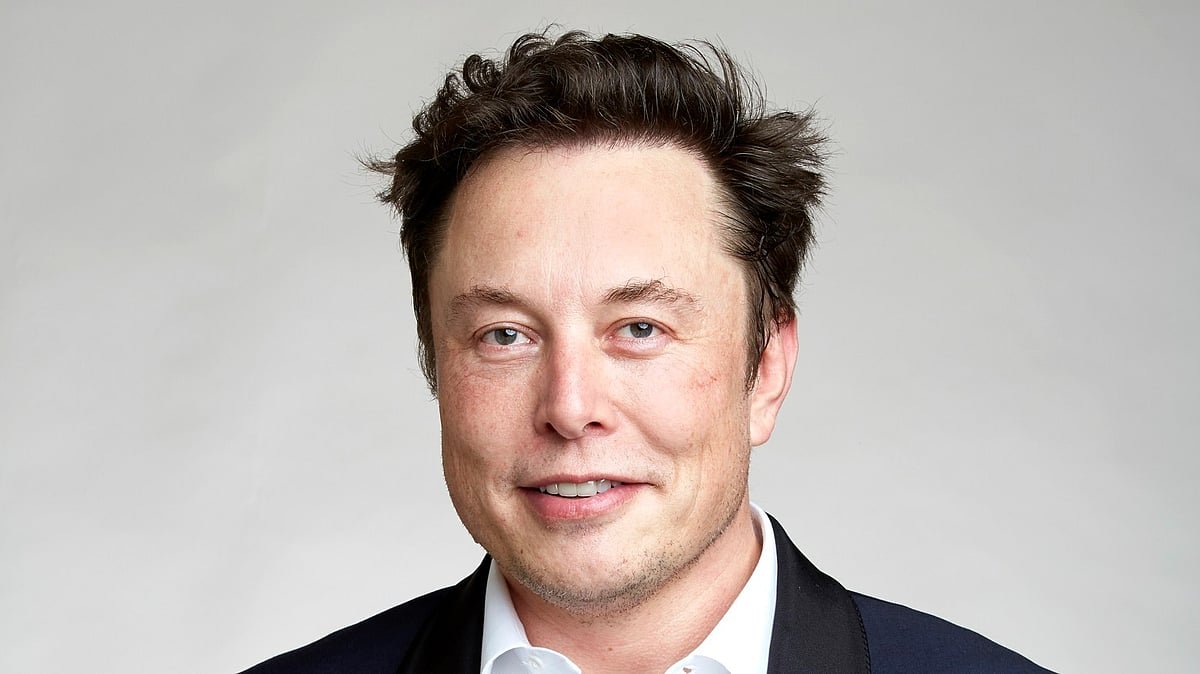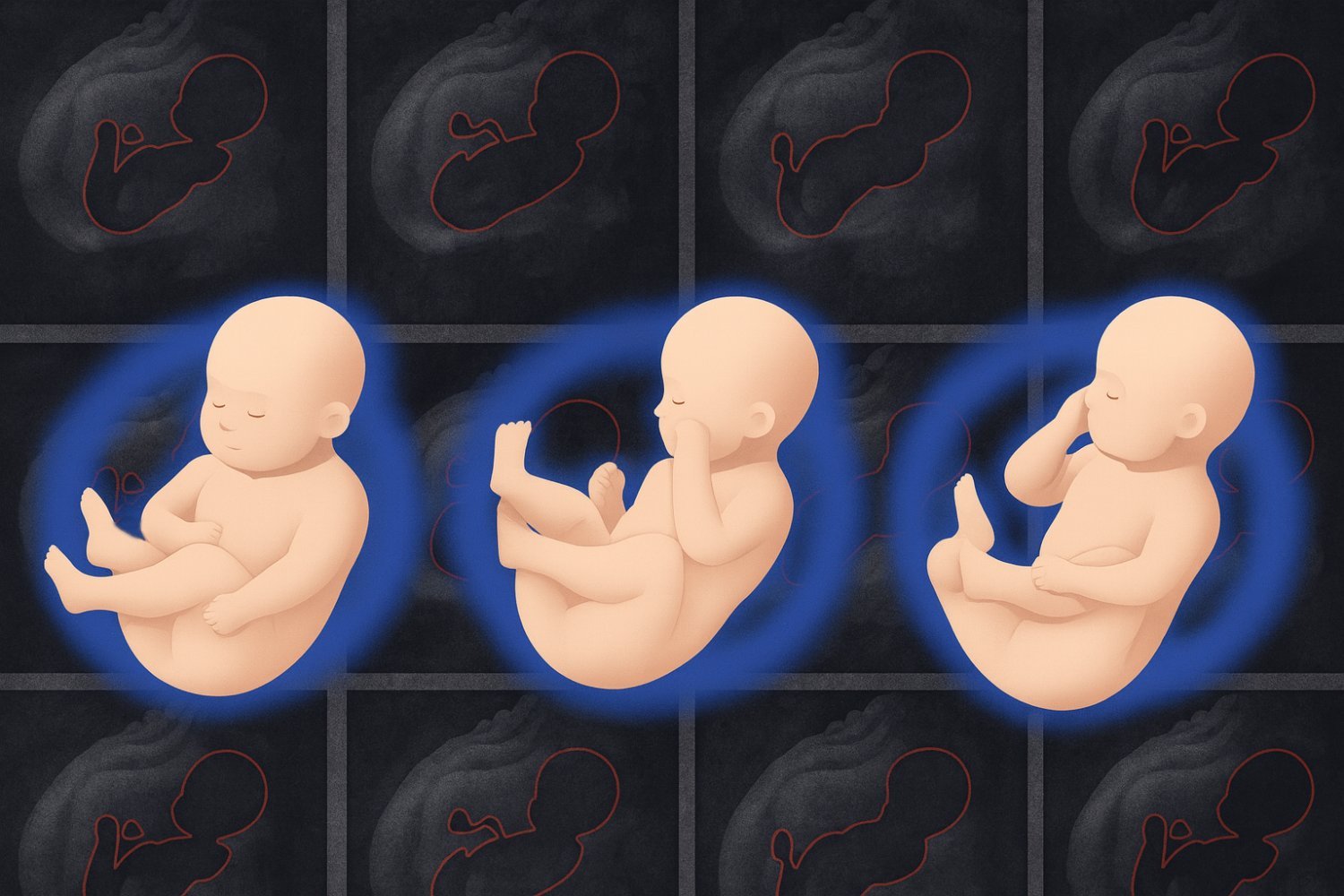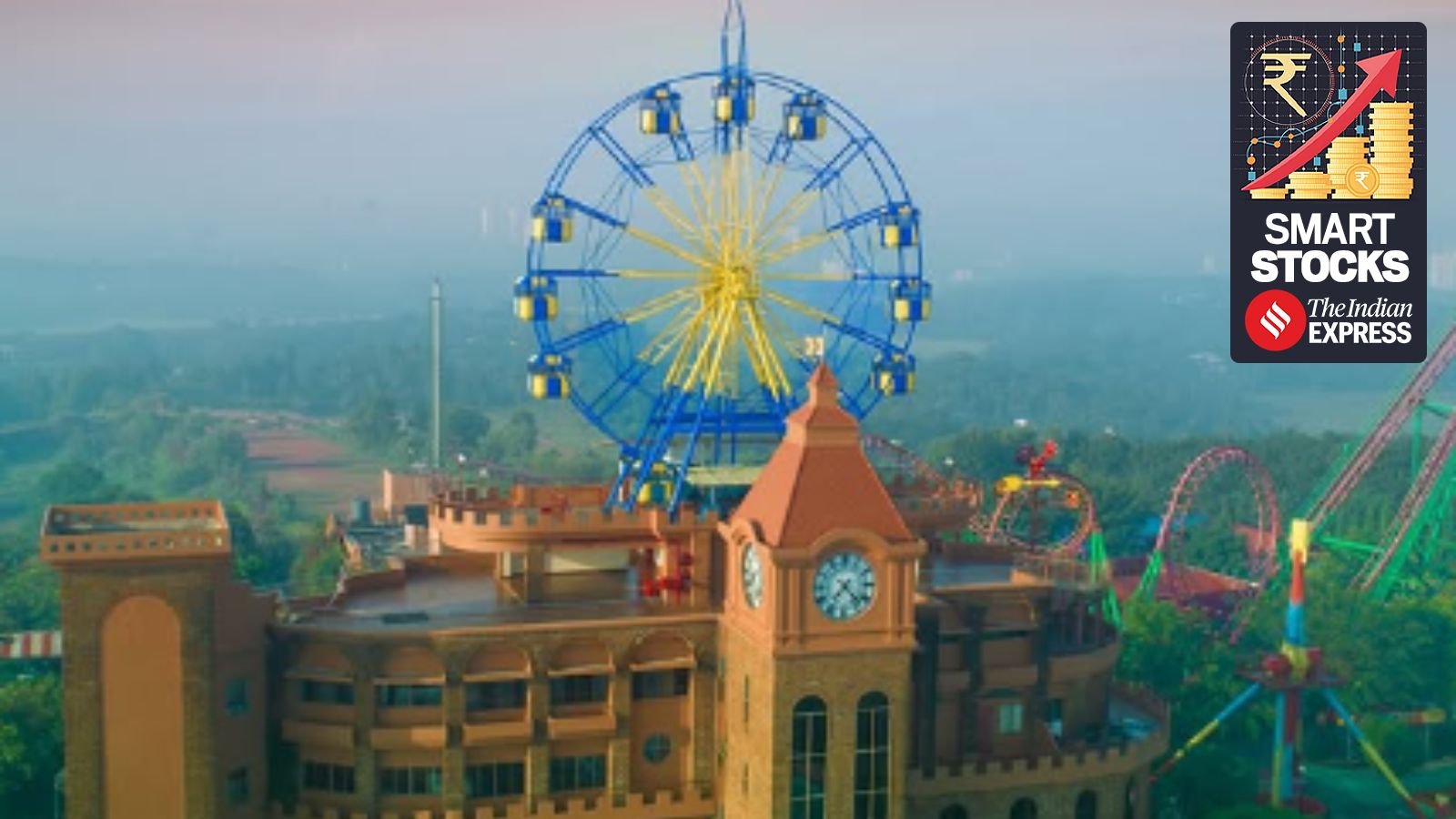Musk, 54, has previously urged the board to arrange a new compensation package for him, suggesting he would pursue artificial intelligence and robotics products elsewhere if he didn’t have roughly 25% voting control at Tesla. While Musk remains Tesla’s largest shareholder, he sold a significant portion of his stock to fund his acquisition of Twitter. The social-media platform, which he renamed X, was acquired by Musk’s xAI earlier this year.
Tesla’s board is sticking with Musk despite his competing priorities. Besides overseeing other companies, his attention has increasingly turned to politics. He was President Donald Trump’s biggest financial backer in last year’s election and briefly led efforts to remake the federal government. This sparked a backlash against Tesla that included sporadic cases of arson and vandalism at stores and charging stations.
The blowback contributed to a volatile first half, with Tesla reporting two of its worst quarters in years and a 13% decline in worldwide vehicle deliveries.
Late May marked Musk’s last official day as a special government employee, and he committed to spending more time at Tesla. Only days later, he and Trump had a bitter falling-out.
Tesla regained some momentum the last few months, rolling out its long-promised driverless-taxi service that Musk sees as an important part of its future business. The company launched June 22 with a handful of robotaxis in Austin.



